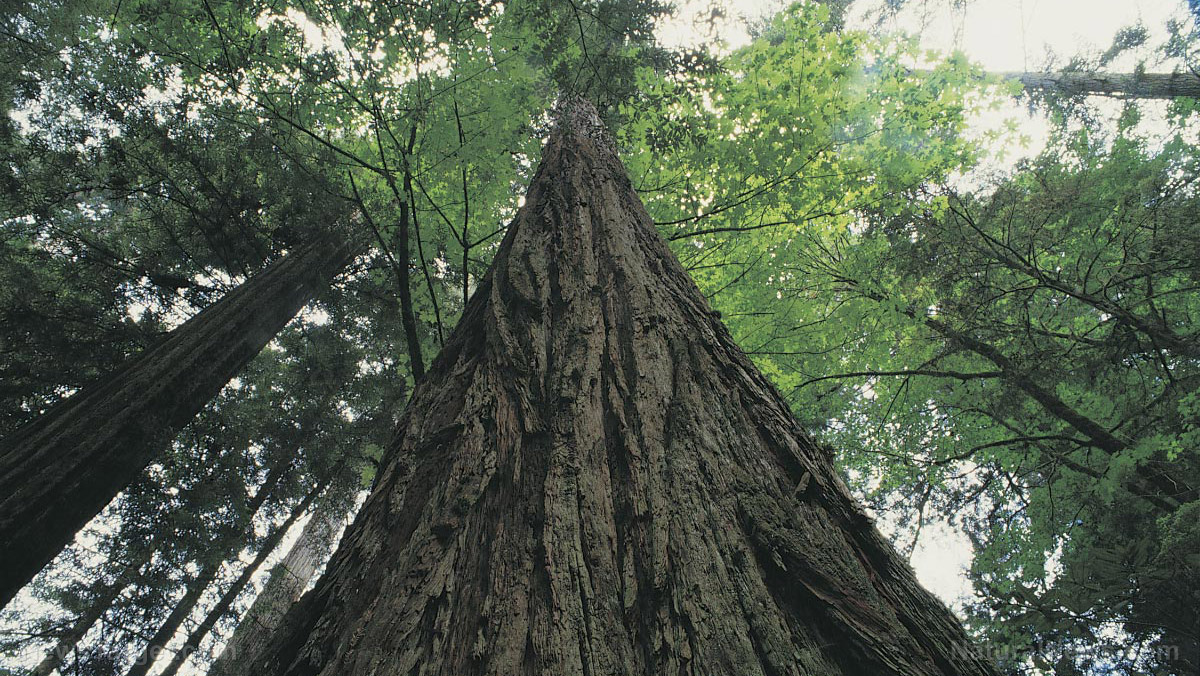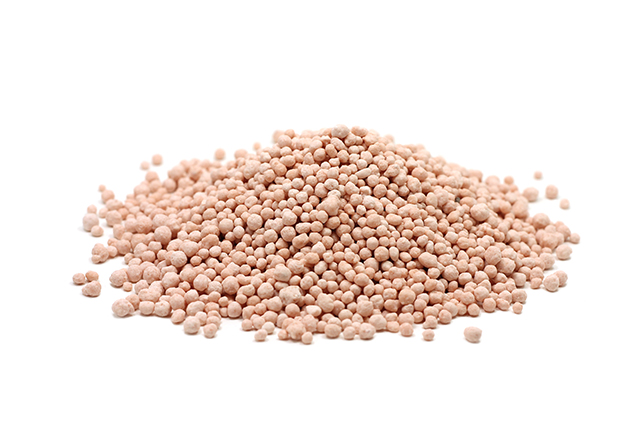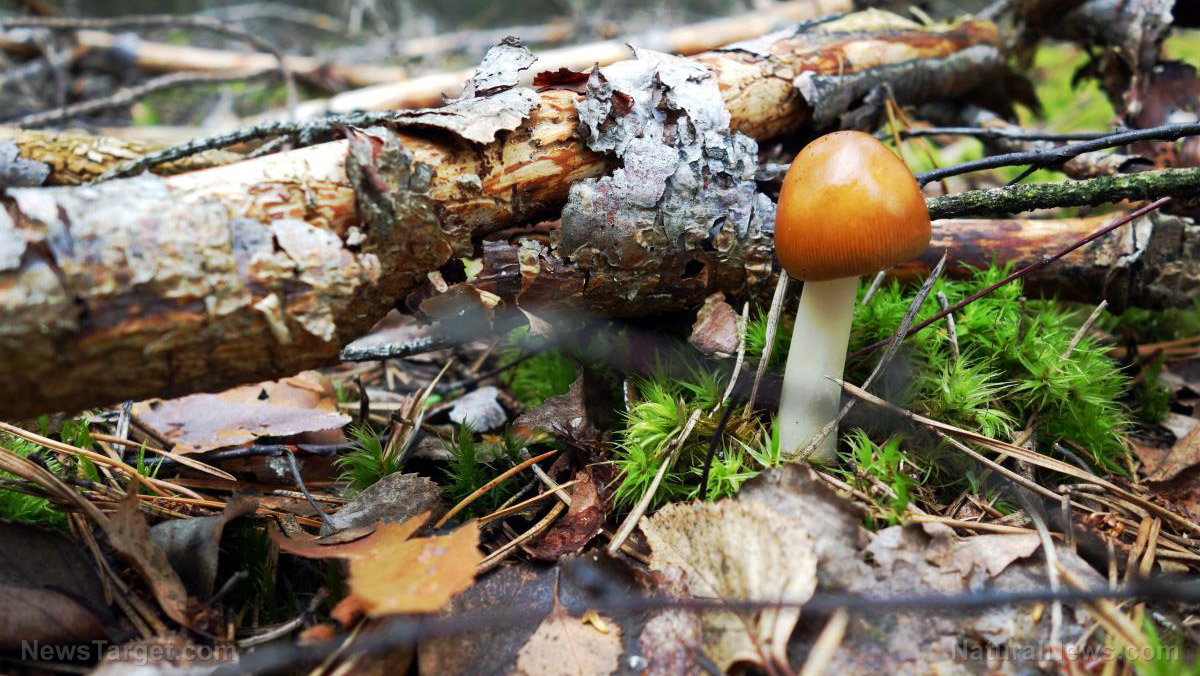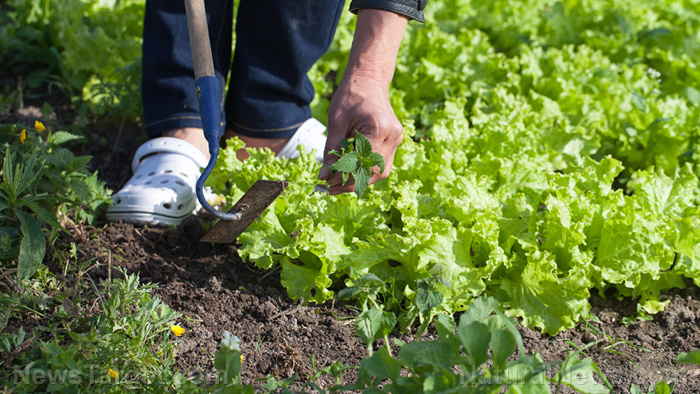Using phenolic acids to battle exotic plant invasion
08/22/2018 / By RJ Jhonson

Allelopathy is the process in which plants use biochemicals to hinder the growth and survival of potential competitors. A study published in Allelopathy Journal looked at how this process is used by both native and invasive plant species.
- The researchers noted that invasive species disrupt ecosystems by using “novel weapons,” biochemicals that native species are unfamiliar with. They wrote that the effects of allelochemicals released by native species on invasive species are, so far, unknown.
- Using gas chromatography-mass spectrometry (GC-MS), they analyzed the phenolic acids in three soil samples from forests in South China. They found a total of eight phenolic compounds, seven of which were phenolic acids and one was a phenolic aldehyde (benzoic acid, p-hydroxybenzaldehyde, trans-cinnamic acid, p-hydroxybenzoic acid, vanillic acid, 3,4-dihydroxybenzoic acid, p-coumaric acid, and ferulic acid).
- They evaluated the effects of these compounds on three of the worst invasive plant species in the region: Ipomoea triloba L., Mikania micrantha Kunth, and Wedelia trilobata (L.) Hitchc.
- They found that each of the tree samples had different concentrations of the same set of biochemicals. Additionally, while the individual phenolic acids were not strong enough to prevent invasion, they were potent when combined.
The researchers concluded that the long-term interaction between native plant species and the soil creates a phenolic acid environment that is toxic to invasive species.
Learn about the interaction of plants with other species at Ecology.news.
Journal Reference:
Liu JG, Liao HX, Chen BM, Peng SL. DO THE PHENOLIC ACIDS IN FOREST SOIL RESIST THE EXOTIC PLANT INVASION? Allelopathy Journal. 2017;41(2):167–176. DOI: 10.26651/2017-41-2-1093
Tagged Under: allelopathy, Ecology, invasive species, native species, plant chemicals, plant interaction, plant species



















